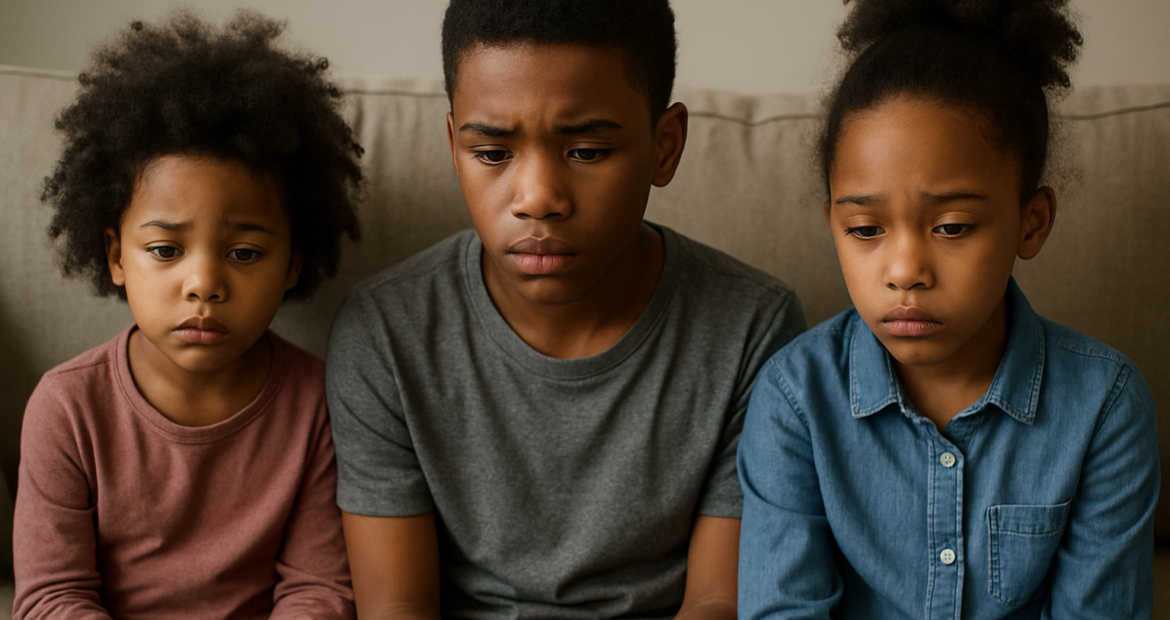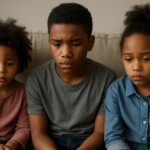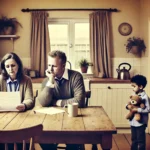As a parent, understanding separation and estrangement are two of the most emotionally complex experiences a child can face. A parent’s absence—whether due to separation or divorce, emotional cutoff, or loss of contact—can leave profound emotional imprints on children, which vary widely by age and gender. Understanding these emotional landscapes is critical for caregivers, educators, and mental health professionals striving to support children through such transitions.
Emotions When Parents Separate
Infants and Toddlers (0–3 years)
While young children may not cognitively grasp the concept of separation or divorce, they are highly sensitive to emotional shifts in their environment. Changes in routine, tone of voice, or expressions of distress from caregivers can trigger:
- Increased clinginess
- Separation anxiety
- Sleep disturbances
- Regression (e.g., bedwetting, loss of language skills)
They may cry more frequently or become irritable, not knowing how to verbalize the loss of a sense of safety or the emotional tone in the home. Both boys and girls show similar emotional signs at this stage, largely centered around attachment disruption.
Preschoolers (3–5 years)
At this stage, children often interpret divorce through a self-centered lens. They may feel they caused the separation and express confusion and magical thinking:
- Guilt (“Did I do something wrong?”)
- Fear of abandonment
- Fantasy or denial (“Maybe they’ll get back together”)
- Anxiety at transitions between homes
Boys may act out more physically, while girls might withdraw or seek constant reassurance. Emotional resilience can be bolstered with consistent routines and affectionate reassurance from both parents.
Elementary Age (6–11 years)
Children begin to understand divorce more realistically and often feel torn between loyalties:
- Sadness and grief
- Anger at one or both parents
- A desire to “fix” the situation
- Feelings of rejection or insecurity
Boys in this age range may externalize emotions—anger, acting out, or defiance. Girls might internalize—sadness, worry, or try to be “the good girl” to stabilize the family. They may also experience academic declines or social withdrawal.
Tweens and Early Teens (12–14 years)
This is a sensitive developmental stage where identity formation intersects with emotional upheaval:
- Embarrassment or shame (especially around peers)
- Resentment toward the “leaving” parent
- Emotional distancing or rejection of both parents
- Attempts to mediate or parent their siblings
Gender plays a more pronounced role here. Adolescent girls may become emotionally aligned with one parent (often the mother) and feel intense anger toward the other. Boys may struggle with suppressed anger or confusion around male role models, especially if the father is less present.
Older Teens (15–18 years)
Though more cognitively mature, older teens are still vulnerable:
- Disillusionment or cynicism about relationships
- Depression or substance use to cope
- Conflict with parents about boundaries, loyalty, and independence
Some teens may welcome the divorce if the marriage was high-conflict, while others grieve deeply. Boys might gravitate toward escapism or risk-taking, while girls might express grief through anxiety or perfectionism.
Young Adults (18–25 years)
Even though legally adults, this group is not immune to emotional impact:
- Questioning of family values and identity
- Anxiety about their own romantic relationships
- Guilt over perceived “abandonment” of younger siblings
- Emotional role reversal (parentification)
Here, gender differences tend to blur, as both male and female young adults grapple with long-term implications of family breakdown, especially during milestones like college, moving out, or starting families of their own.
Emotions from Estrangement with a Parent
Estrangement from a parent, whether due to conflict, absence, emotional cutoff, or alienation, produces a distinct and often more chronic form of grief and confusion.
Childhood Estrangement (4–12 years)
Children may experience:
- Persistent longing or idealization of the absent parent
- Confusion over the lack of contact
- Feelings of being unloved or abandoned
- Shame or secrecy, especially if others ask about the missing parent
Boys may create fantasy versions of the missing father or become aggressive due to unresolved loss. Girls may experience lower self-worth, particularly around identity and attachment, especially if estranged from their mother.
Adolescent Estrangement (13–18 years)
Teenagers process estrangement in more complex ways:
- Anger and blame (toward the estranged parent or the one they live with)
- Ambivalence—wanting connection but fearing rejection
- Identity confusion, especially around gender roles and relational expectations
- Loyalty conflicts and emotional cutoff
This is a critical age for intervention, as unresolved estrangement can impact attachment style, intimacy, and trust into adulthood. Girls may feel emotionally abandoned; boys may express pain through distancing or rebellion.
Young Adulthood Estrangement (19–30 years)
By this age, the emotional impact of estrangement deepens:
- Grief for lost years or missed milestones
- Anxiety about replicating the estrangement with future children or partners
- Deep anger or forgiveness, depending on the context of the estrangement
- Conflicted desires for reconciliation versus self-protection
Males may be less likely to initiate reconnection due to internalized messages about emotional suppression, while females may oscillate between reconciliation efforts and self-preservation.
In Summary
Children and young adults are not just passive observers of their parents’ relationships; they are deeply affected by the emotional ripples of separation and estrangement. These experiences touch on fundamental human needs for safety, identity, and belonging. While age and gender influence how children process and express these emotions, consistent support, open communication, and safe emotional environments can significantly ease the burden.
Parents, caregivers, and professionals must remain attuned to the emotional signals children express—sometimes in tears, other times in silence or rebellion. The goal should not only be to reduce harm but to nurture healing, resilience, and healthy relational models for the future.
Why not signup and try My2Families FREE for 14 Days and see if your kids’ attitudes start to change. About My2Families
Remember:
When Children Do Well, Parents Do Well
When Parents Do Well, Children Do Well






















